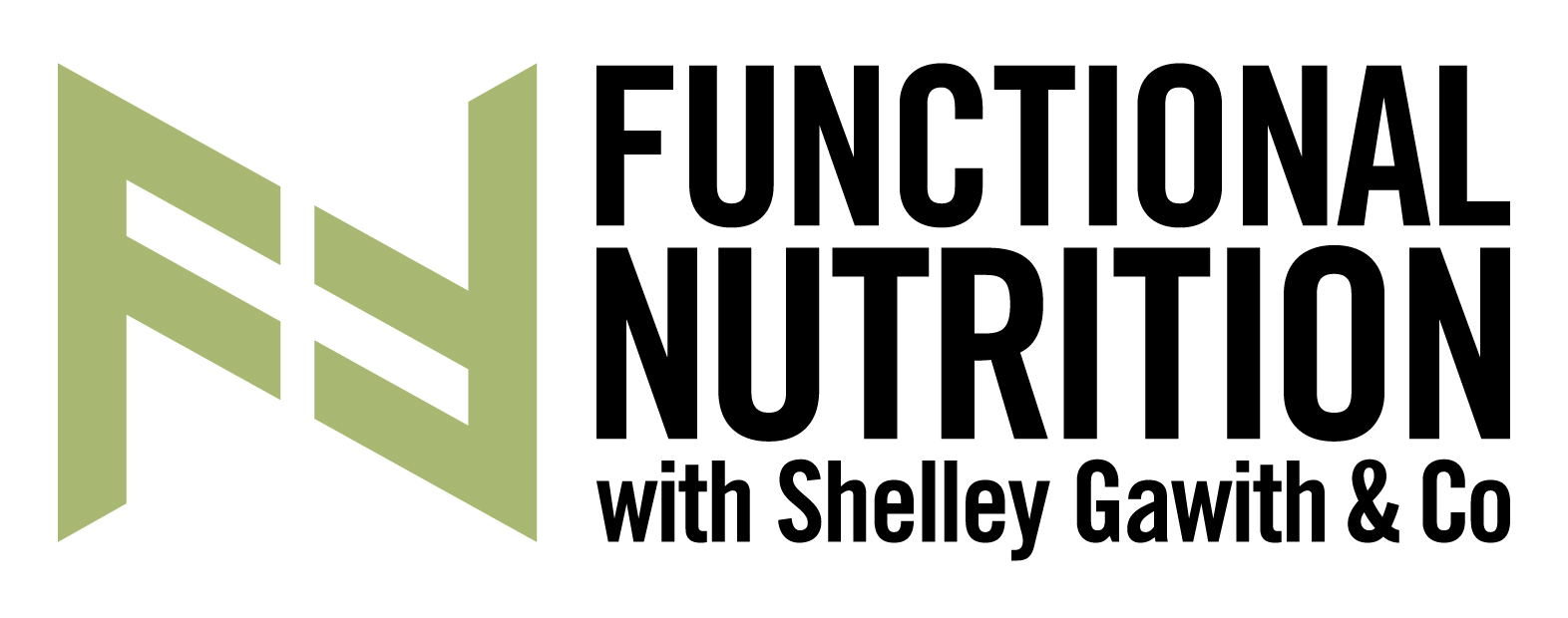The Stress Beaker exercise isn’t new to most of you, but what I’m seeing more and more in clinic, online and with my corporate clients is we need to talk about the stress burden on our bodies. I think we have misunderstood stress to mean financial pressure and work stress only.
What I am observing more and more, particularly with some of my female clients wanting to conceive and get pregnant, or even as we’re transitioning into menopause, is this can help us, as we need to look at the stressors in our lives.
For every client doing my online course, or doing our ‘Alive’ program, I get them to compare their beaker from the beginning to the end of working with me. It’s a really empowering tool if you use it!
Initially, things that you might put in your stress beaker could include financial things. There might be something with your finances where you need to … (fill in the blank) That’s causing your stress. Or, It might be something to do with family, where you’ve got people staying with you. Or, it might be body symptoms like bloating and foods causing inflammation.
Some of these symptoms we can’t rid ourselves of immediately, but may have to manage. Those initial stressors could include things which are symptoms-related, and some of which are wider, like your living conditions which you can’t control (so it might be environmental toxins for example). When I worked in my old office with no natural lighting, or when I had mould at my apartment, I couldn’t immediately control that stress-load on my body, so I had to find ways of being proactive and managing those stressors.
When we complete this exercise, what we want you to do is fill up the beaker with all the different stressors in your life. Maybe they’re emotional. Maybe it’s work. Maybe it’s trying to get pregnant that’s become a stress. Maybe it’s you’ve got a really busy job, and you’re doing all of these things to bring down the stress levels in your life, but you still feel stressed.
Once you look at all the stressors happening (and that’s not a bad thing) we can acknowledge them, and we can do something about it. We can be proactive. Say, you’ve dealt with all your physical symptoms but you’ve got some emotional things that you need to deal with, or life has thrown you some curve balls (COVID would be one) then we go, okay, your stress beaker is filled up with all of these things that are out of your control. So how do you bring down the stress when it’s all genuine things that are not within your control?
Easy. If our stress beaker is full up, guess what we’re going to do? We go and get a bigger jar. But how you go and get a bigger jar is by filling it up at the bottom with all these areas of fun and laughter. Now the question to ask yourself is what brings you joy? What brings you fun? What do you like doing in your life?
For some of us, especially when we’re transitioning into menopause, this could be a harder question than we realize. In my family, our family belief is we don’t have fun. We do laugh, but we work hard. We are there for others, we put others before ourselves, so that is a family dynamic that I grew up in. It’s not a bad thing necessarily. It’s got beautiful intentions behind it, but it means that I need to really look at bringing fun into my life, as do my parents because it doesn’t come naturally. We do laugh, and we do like to have a good time. But for example, my Mum recently realised that she needed to get her Stress Beaker bigger, so has taken two months off working, and she gotten herself a puppy because it brings her so much joy.
So it’s a useful tool to use throughout the year, and you know from my COVID learnings (posts on Instagram/Facebook), when life goes unchecked and unexamined, we’re not making the best choices, and we’re not living our best lives.
So drop in and do this exercise continuously because it changes as our Stress Beakers go up and down depending on life and what life it is throwing at us. So our stress beaker might be small and then it might get big so that’s why I really encourage you to do this exercise. Don’t just read this blog. Print it off, or do it on your screen like I do on the iPad, and just see. It’s really fun when you cross out those negative stressors.
It’s also a great way of measuring what’s happening with your health, and it’s something that you can bring into clinic, and we can discuss. We can give you ideas. In one of my client consults last week, we spent the whole hour going through it, because we’d gotten rid of a lot of this client’s symptoms, but needed to discuss how we were going to make her Stress Beaker bigger so the stressors in it went down and it didn’t feel so stressful. So it was reframing it, but also giving her practical tools.
So what are you going to do today? What’s in your Stress Beaker? What’s within your control, and what’s not within your control?
Sharing is caring!

